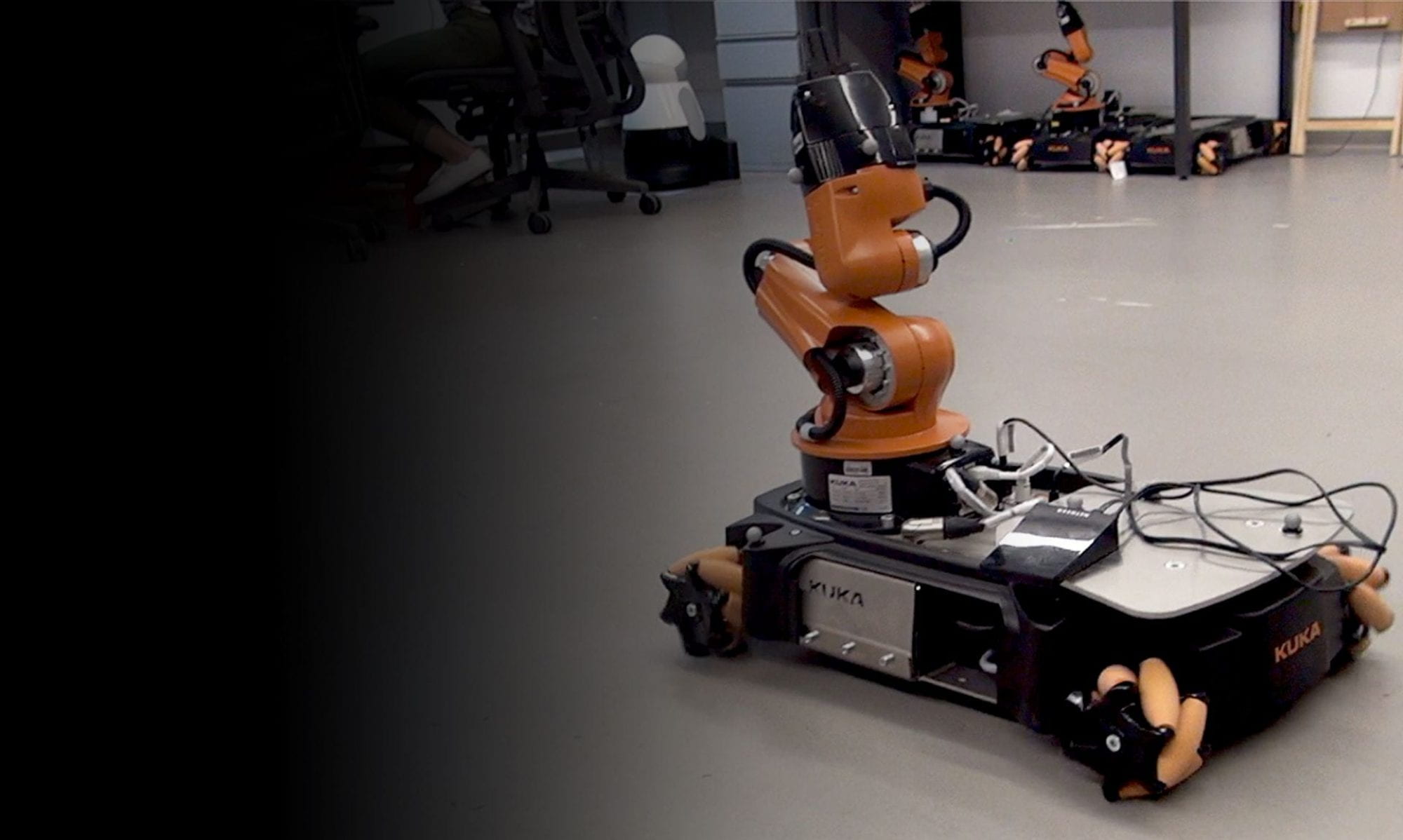4/26/17
Optimal control concerns systems that evolve in time for which you have partial control of the system and it is desired to optimize a specified performance criterion. Optimal control problems arise in a variety of applications including engineering, economics, medicine, and epidemiology.
With a few notable exceptions (for example, the brachistochrone problem), virtually no optimal control problems have analytic solutions. Consequently, it is necessary to obtain a solution using numerical methods. Even with modern computers, solving optimal control problems numerically is a challenge because most optimal control problems of interest are nonlinear, high-dimensional, and have complex constraints. As a result, finding accurate solutions to a general optimal control problem requires the development of sophisticated methods.
This seminar describes a framework for solving constrained optimal control problems. The key approach described in this seminar is a class of variable-interval (h) variable-order (p) methods, also called hp-adaptive methods. In the hp-adaptive approach, a continuous optimal control problem is approximated as a finite-dimensional nonlinear optimization problem. This class of hp-adaptive methods are employed using Gaussian quadrature to provide high-accuracy solutions using a significantly lower-dimensional discretization when compared with traditional fixed-order methods.
This seminar will first step through a motivation for the hp-adaptive approach. Recent research done in hp-adaptive mesh refinement techniques will be highlighted along with advances in methods for algorithmic differentiation. The effectiveness of the approach will be demonstrated using the benchmark Bryson minimum time-to-climb of the F-4 supersonic aircraft. Specifically, this aircraft flight example will demonstrate the significant improvements in computational efficiency gained by the hp-adaptive approach over previously developed methods. Furthermore, a low-thrust Earth orbit transfer with eclipsing will be used to demonstrate the capability of the approach on a challenging space flight application. Finally, future research directions will be discussed.
BIOGRAPHICAL SKETCH
Anil V. Rao earned a BS in mechanical engineering and and AB in mathematics from Cornell, an MSE in aerospace engineering from the University of Michigan, and an MA and PhD from Princeton University. After earning his PhD, Dr. Rao joined the The Aerospace Corporation in Los Angeles abd was subsequently a Senior Member of the Technical Staff at The Charles Stark Draper Laboratory in Cambridge, Mass. While at Draper, from 2001 to 2006, he was an adjunct faculty in the Department of Aerospace and Mechanical Engineering at Boston University, where he taught the core undergraduate dynamics course. Since 2006 he has been in Mechanical and Aerospace Engineering at the University of Florida where he is current an Associate Professor and Erich Farber Faculty Fellow. His research interests include computational methods for optimal control and trajectory optimization, nonlinear optimization, space flight mechanics, orbital mechanics, guidance, and navigation. He has co-authored the textbook Dynamics of Particles and Rigid Bodies: A Systematic Approach (Cambridge University Press, 2006). He is active in professional societies including the American Institute of Aeronautics and Astronautics, the American Astronautical Society, and the Society for Industrial and Applied Mathematics. Dr. Rao serves on the editorial board of the Journal of the Astronautical Sciences, the Journal of Optimization Theory and Applications, and the Journal of Spacecraft and Rockets. He is the co-developer of the industrial-strength optimal control software GPOPS-II. His teaching and research awards include the Department Teacher of the Year at BU (2002 and 2006) and at the University of Florida (2008), the College of Engineering Outstanding Teacher of the Year Award at BU (2004), the Book of the Year Award at Draper Laboratory (2006), the Pramod P. Khargonekar Junior Faculty Award (2012) at the University of Florida. He is an Associate Fellow of the American Institute of Aeronautics and Astronautics.
